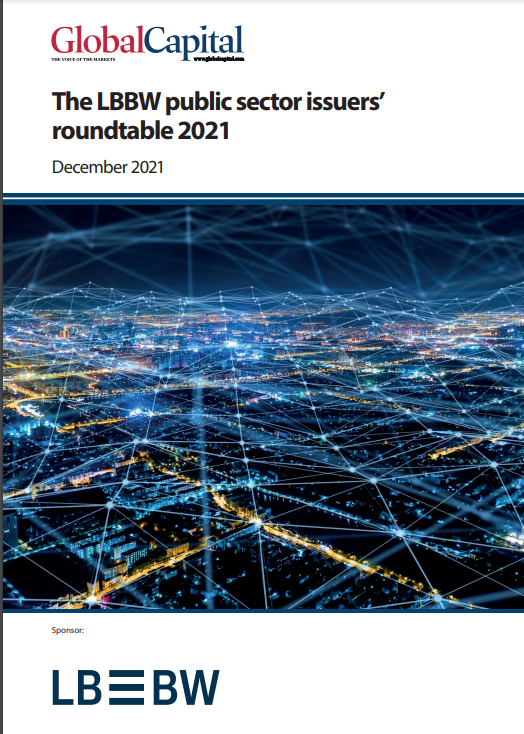SSA market demonstrates strength and resilience

MyCreative - stock.adobe.com
The European Union’s €800bn NextGenerationEU borrowing programme captured much of the focus and attention in the sovereign, supranational and agency bond market in 2021 — but beyond the splash the European Commission made, many of the market’s most frequent and well-established borrowers also stood out, harnessing deep and broad investor demand to help them innovate and fund successfully across their curves. As we move into 2022, inflationary pressures and monetary policy direction in the US, Europe and the UK, are high on issuers and investors’ radars, but will these macro-risks disrupt the market? GlobalCapital discusses this, together with the key trends and developments that shaped SSA issuance in 2021, with some leading participants from across the market.
Unlock this article.
The content you are trying to view is exclusive to our subscribers.
To unlock this article:
- ✔ 4,000 annual insights
- ✔ 700+ notes and long-form analyses
- ✔ 4 capital markets databases
- ✔ Daily newsletters across markets and asset classes
- ✔ 2 weekly podcasts
